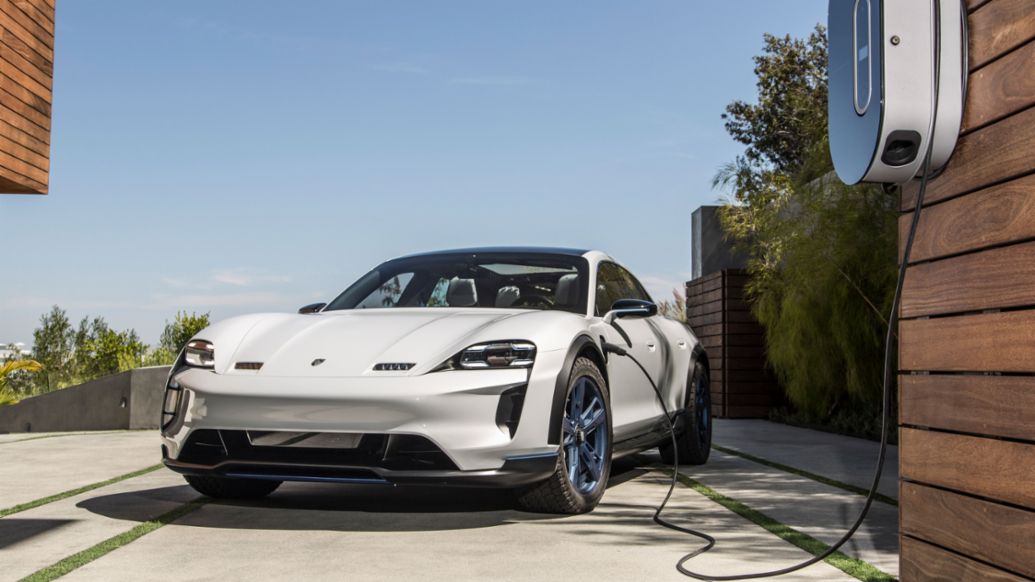However, our increasing desire for mobility has far-reaching consequences — for us and the environment. Anthropogenic global warming is heating up the planet, and air pollution and congestion pose a growing challenge for urban areas. Countries and societies around the world are all faced with the same challenge — that of minimizing climate impact and creating sustainable mobility systems. It is my heartfelt conviction that, in addition to research and innovation, multinational dialogue and collaboration are key to tackling these problems. It’s therefore crucial for us to listen, talk and learn from each other. And that’s exactly what I did at the Movin’On 2019 summit.
Movin’On 2019: Learning from the rest of the world
At the event, more than 5,000 participants gathered in Montreal to discuss the future of mobility. Academics, politicians and experts from various countries shared their ideas on mobility and sustainability issues. It was enlightening to hear how the rest of the world is dealing with these pressing challenges and, today, I would like to share my personal learnings from the summit with you.
Accelerating and practicing decarbonization
Decarbonization is a key factor in making mobility systems more ecologically sustainable. Lowering carbon dioxide emissions and mitigating global warming will not be easy. But the summit taught me that it is possible. Mauricio Rodas, Mayor of Quito and Co-President of United Cities and Local Governments Organization (UCLG), made a compelling case for a carbon-neutral future:
To meet the Paris Agreement climate goals — to hold global warming well below 2 degrees Celsius above pre-industrial levels — carbon dioxide emissions must be brought under control immediately. According to him, two thirds of global greenhouse gas emissions come from urban areas. In consequence, cities must lead the fight against global warming. While there are reasons to be concerned that some cities from the developing world are not yet ready to be active partners, other cities are moving in the right direction. Los Angeles and Shenzhen, for example, have committed to providing all-electric public transit fleets.
New mobility strategies for a cleaner tomorrow
However, to me it is very important to stress one point: It is not only the responsibility of cities and local authorities, but also the mobility industry. Ultimately, decarbonization is everyone’s business. It is time for both the public and private sector to rethink and reinvent our mobility strategies. Especially, having in mind that the amount of traffic in metropolises around the world is expected to double within the next thirty years. Failure to tackle congestion and air pollution will damage economies and put people’s health at risk.
But — and this was another important conclusion at Movin’On Summit — there is no one-size-fits-all solution to these challenges. Luckily, there is a silver lining as we have partial answers at least to some of the problems: New mobility services have started to widen the range of options. Citizens do not have to merely choose between driving their private vehicles and public transportation anymore. At least in urban areas, there are offerings for various mobility needs, blurring the lines between individual and public or group transportation — a good first step into the right direction, in my opinion.
Porsche’s commitment to sustainability
At Porsche, we believe that economic success goes hand in hand with social responsibility and care for the environment. At the core of Porsche’s overall business strategy is a vision of a vibrant and sustainable future. Porsche is therefore committed to reducing greenhouse gas emissions, lowering its climate impact and protecting the environment. Over the past five years, Porsche has already cut vehicle-specific CO₂ emissions caused by production by more than 75 percent. Energy consumption and water consumption per produced vehicle have dropped by 30 percent and 20 percent, respectively. In fact, our goal is to integrate sustainability across all facets of our business and to be the most sustainable sports car manufacturer in the premium segment. In pursuit of this objective, we plan to electrify our vehicle fleet and have developed a comprehensive sustainability plan, which is based on four pillars: business and customers, product responsibility, environment and energy, employees and society.
Our first all-electric sports car, the Taycan, will roll off the production lines at our main plant in Zuffenhausen in autumn. This new car ushers in a new era for Porsche and embodies our commitment to a low-carbon future. Series production of the Cross Turismo, an all-electric cross-utility vehicle, was confirmed last year. By 2025, half of all Porsche models could be electrified.
In addition to investing in new technologies, our mission is to support and facilitate the development of innovative solutions. That’s why we launch idea competitions such as “Mobility for a better world” and cooperate with various startups as well as other partners.

Learning from each other: Your thoughts on sustainable mobility
If we are serious about finding sustainable solutions, we all have to do some hard thinking as to the direction in which we are moving. We cannot simply wait for the future; we have to shape it. But none of us can do it on their own, so events like Movin’On are key to future mobility. Only together, we can create mobility concepts that truely tackle today’s pressing challenges.
So, I am really curious to hear your thoughts on this: Have you been impressed by the mobility concepts in another country? Which developments and technologies are leading the way to sustainable mobility?
